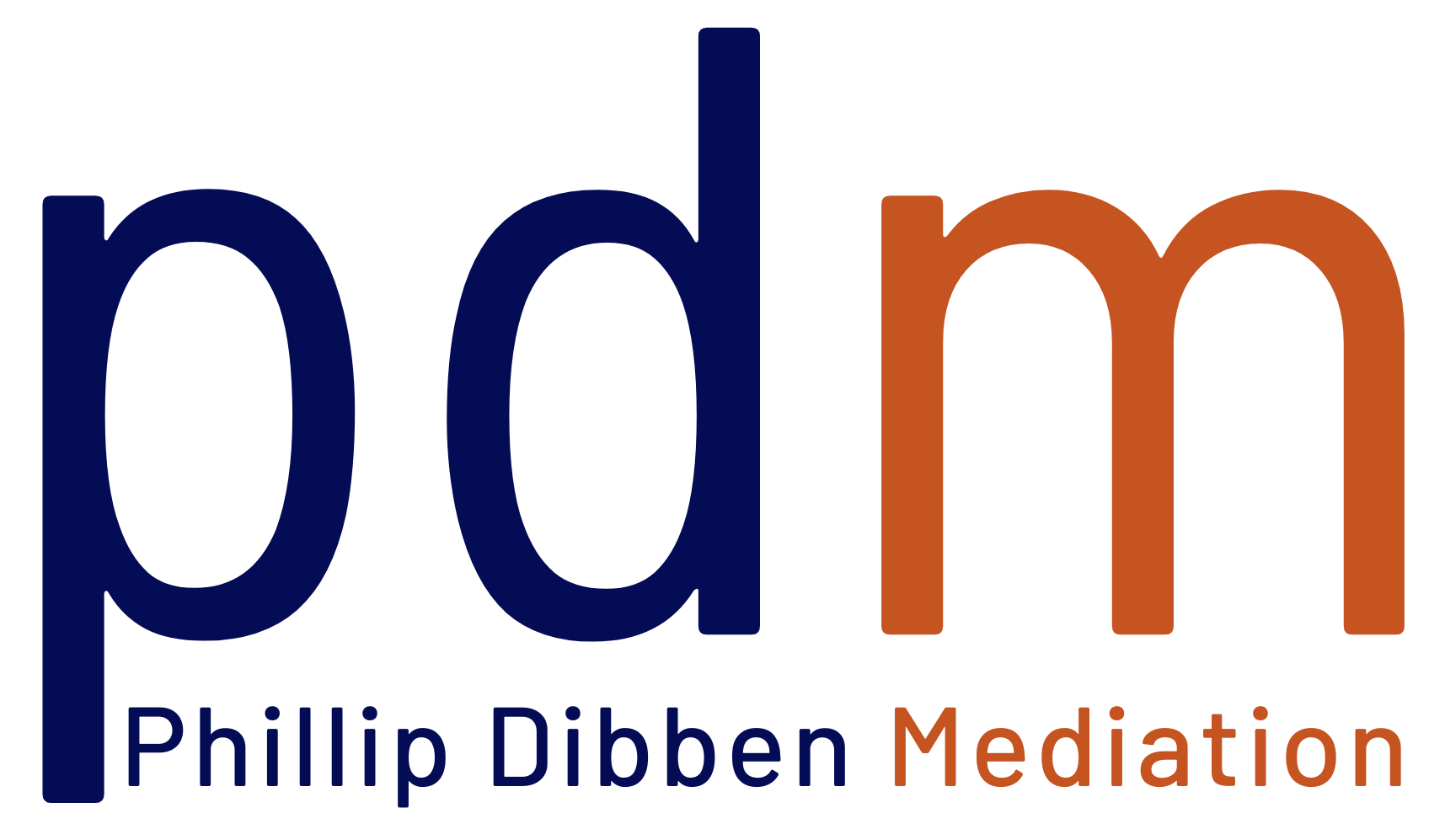In my previous article, we looked at the need for each party to bring a range of options that may resolve a dispute to the table. All these options are then looked at jointly, with the non-negotiable and the impractical solutions being excluded. What is left are the options which look viable, these are the base from which to proceed.
Any common themes or ideas put forward make a strong starting point and can be merged and refined through negotiation of the details. However, if there are no common threads the parties will need to explore together what each of the remaining options may look like. This means really looking at each option with an open mind and thinking about how it will look, feel, and operate once implemented in real life. By working through each of the viable options presented, one or two scenarios will emerge as the most likely to succeed in any long-term agreement.
It’s now time to go deeper and start drawing out the commitments involved in implementing any agreement. A workable solution not only has to satisfy the needs of each party as far as possible it also needs to be robust and practical. When refining and testing the options, factors to consider include:
- Will there be any reporting requirements?
- Have any legal requirements been considered?
- Have all financial needs and responsibilities been considered?
- Have any tax ramifications been considered?
- Who should be informed of the outcome?
- How will future roadblocks be dealt with?
- What are the consequences if commitments are not met, or are delayed?
- Is any external specialist advice required to support the desired outcomes?
Ultimately the mediator will test the formulated agreement with both parties to ensure the outcome is as fair and as balanced as possible. This may not necessarily mean equal, but any substantial difference will be explained. The agreement may be brief and concise and would provide written confirmation of: Who / What / Where / How, as well as any post-mediation arrangements and conditions.
Once you’ve established your jointly preferred resolution, the agreement is then formally documented and the practical side of implementing the actions required begins. Generally, this will be the point at which the Mediator’s role ends – unless they form part of the post-mediation arrangements by helping to clear any future roadblocks or facilitating reporting requirements. By accepting the agreement, each party has committed to the resolution. This means adhering to the timeline and carrying out the required actions as prescribed, or unforeseen problems being dealt with in the terms included in the agreement. A successfully mediated outcome provides surety around the end of the dispute and a clear path forward for each of the parties involved.
This ends my series around the mediation process, I hope these articles have provided an insight of what to expect and how to prepare yourself. If you would like to hear more about any of the topics which have been covered in this series, or about our mediation services in general, please contact me at phillip@pdmediation.com.au
References:
- Australian Disputes Centre Training Guide, 2021
- NADRAC (Australian Dispute Resolution Advisory Council), Your Guide to Dispute Resolution, 2012
- How to Win Friends and Influence People, Dale Carnegie
- Staying with Conflict, Bernard Mayer, 2009, John Wiley & Sons
- “Communicating with Confidence” GRDC Farm Business Update Clare 2021, Sam Trattles





